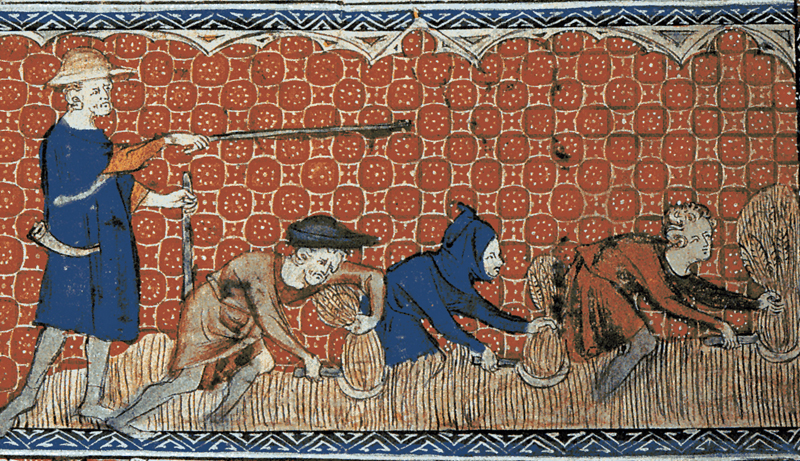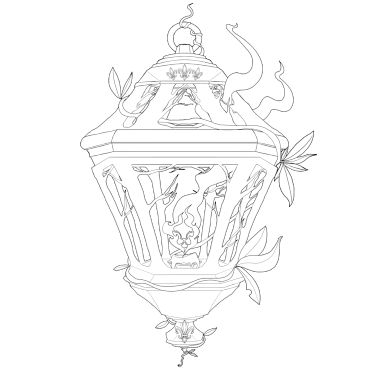Game Expectations
This is an Out Of Character page intended to introduce players to the key expectations and some story points of Gothic: Luisant.
The live-action roleplaying community includes many games with many different approaches and expectations. While nothing is a complete substitute for directly experiencing the game, we want players to have a general idea of what to expect going into Gothic: Luisant specifically. We believe that knowing what staff wants the LARP to be will help players enjoy the experience.
Specific Game Themes
Gothic: Luisant is a strongly themed game, meaning that particular aesthetics, concepts and scenarios are explored in depth – and many others are not part of the game, or are not strongly supported. We encourage players to lean into the game themes.
Character-Player Separation
You are always the primary author of your character’s choices. However, Gothic imposes limits on your character’s mental and emotional state once the character has been created. Certain kinds of beliefs and emotions have system representations in their own right, just as your character’s body is represented in the combat system. Changing your own character’s core beliefs is not trivial, and certain external influences can change your character’s emotions and even beliefs.
We encourage players to view this in part as a separation between their own choices and their character’s choices; their own mental state and the character’s mental state. Just as your character may be “wounded” by an “arrow” that does not physically harm the player, so too may your character be “convinced” by an “argument” that does not convince the player. The purpose of this is to encourage a more dramatic and cinematic overall experience, both for individual characters and for the overall story.
A Hopeful Darkness
The basic tone of the game is set in a dark world, but not a hopelessly dark world. Many injustices, cruelties, and horrors exist in the world. Characters may fail and even die. But there will be successes as well. The game is focused on a small subset of the world, so the characters should not expect to change the entire world of Gothic – but they can make their subset of the world a better place. The dark nature of the world will not make this impossible but will make it difficult, and we expect drama and conflict to arise from that challenge.
Cinematic Action
The systems, particularly the combat system, are focused on a cinematic approach intended to create dramatic tension and give characters an opportunity to show their abilities. Combat is still primarily physical, with real-world skill playing an important role – but full realism is not intended. This cinematic approach will also be found in encounter design, as we prefer dramatic encounters when possib

Character Concepts
Gothic: Luisant imposes some restrictions on Character Creation which differ from Gothic: the Lion Age. These restrictions are intended to illustrate and enforce the major themes of the setting. The Heroes of Luisant are the ‘small people’ of the world of Gothic, left behind to an extent by the great cities and Nobles to defend themselves against darkness.
At this point in Luisant’s story, all new characters enter game as people of the village who have lived in Luisant all their lives. Staff encourages players to make ties between themselves that reflect this intertwinement with the town, and are always available at game to help facilitate connections and roleplay for new players.
Due to the nature and scope of the setting, all new characters belong to the Cappacione culture and may choose one Lineage to start as.
Glory concepts (Wizard, Priest, Paladin, Noble, etc) cannot be bought at Character Creation. Opportunities to earn some Glory concepts, such as Wizard and Priest, exist in the game space and can be accessed in play.
The Game Lifecycle
Gothic: Luisant is designed with a soft limit on duration. What this means is that there is a “primary plot arc” that the current staff intends to cover – and at the end of that arc, the game may conclude or may transition to a new phase.
The Primary Arc
The primary arc includes many interrelated story threads, as well as space for personal characters’ stories to weave into the overall narrative.
The primary arc is fluid. Certain events are intended to occur at particular times, but the overall outcome of the primary arc is not fixed – there are many possible outcomes that depend on character actions, and the final outcome may not even be one that is currently foreseen by staff. We look forward to discovering the results together with players.
The primary arc is divided roughly into three “books”, each of which is expected to take about a year of play. Thus, the overall duration of the primary arc is expected to be three to four years.
Beyond This Horizon
The current staff is committed to running the game through the end of the primary arc, and expect to step down after that. At that point, if the Luisant story feels resolved, the game will end. However, if the playership is still excited about Luisant’s continuing fate and/or the fate of their characters, there is an opportunity for the game to continue.
Toward the end of the primary arc, staff will be considering a “next team”; if there is a group of players that are excited about continuing the story, willing to commit to several years of staffing, and have a solid idea for a new plot arc, then Luisant may continue with a new set of storytellers.
Details of how to apply and transition plans will become available later – likely toward the last year of the primary arc.
Personal Plot Arcs
Characters in Gothic: Luisant have opportunities to grow and define themselves in the context of the world and the challenges they face. To help create a rich personal story, each character will have a personal plot arc.
Personal plot arcs are created for your character by staff, at the time you create the character. The arcs are based on your input about what you want to explore.
What to Expect
You will not know the details of your planned arc ahead of time. However, there are general principles that you can build expectations on.
Personal plot arcs are intended to help bring your character to a point where you know how they fit into the world, and to give “hooks” to ongoing plotlines for newer characters.
Personal plot arcs last for several games – there is no fixed duration, but you can expect about a year of play as an average. Finishing the personal plot arc doesn’t mean your character is done – it means that you’re expected to now have a solid idea of the character’s identity and relationships, and that your character has ways to join in ongoing plotlines without extra “hooks”.
Personal plot arcs will include challenges, hard decisions, and danger. Permanent consequences, up to and including death, are possible. Rewards are also possible, including social rewards, access to restricted factions, secret knowledge, and opportunities for personal victories.
Personal plot arcs often tie in to your character’s perks and flaws, especially relationship-based ones like Enemy.
Personal plot arcs are intended to connect to ongoing plots whenever possible. This means involvement with existing major NPCs, connection to common Trials, and even connections to other characters’ personal plot arcs. Therefore, it may be hard to tell which events in a game come from your personal plot arc.
Personal plot arcs are not a way to guarantee a specific outcome. Your character will be given opportunities and risks rather than guarantees. For example, a personal plot arc may include “test to qualify to become an ordained priest” – but never “definitely becomes an ordained priest”. Gothic is always a game about choices and actions; it is the choices and actions of your character and those around them that will determine the outcome.
